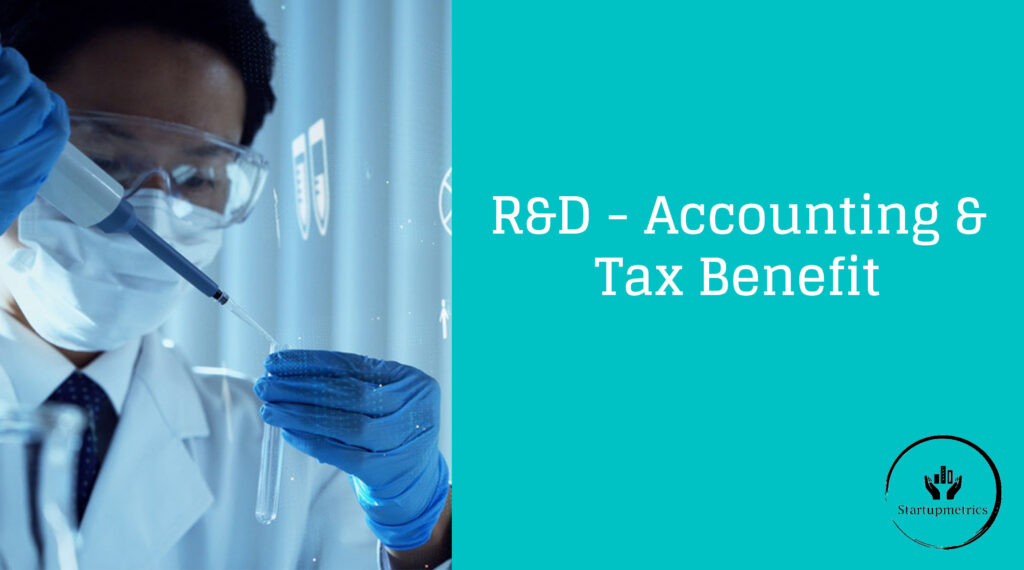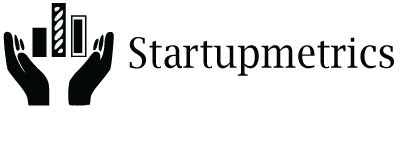R&D- accounting & tax benefit
This blog summarises accounting & tax rules applicable for companies engaged in R&D activities in Switzerland.
Improve profitability with accrual accounting: allocate development costs to future periods benefiting from your current R&D efforts
Expensing off the R&D cost as they incur will impact the profitability of your business significantly. You have an option to capitalise (move to balance sheet) the development stage cost of your R&D expenses. While research and development stages are separated by a thin line and may possibly overlap, in this context, it is important to have clear definitions with well-defined boundaries.
-
Research is the original investigation phase where you cannot substantiate future revenue generation (eg: activities for obtaining new knowledge).
-
In the development phase, you apply the research findings to design or plan new or improved products.
You should be able to demonstrate your ability to meet certain core requirements – technical feasibility, intention to complete, future economic benefit, etc to qualify for the capitalization. Duration of capitalization and the expensing or amortising rules depends on the economic & legal factors affecting the asset. Development costs in the balance sheet can be revalued in the future based on the actual market of the product.
Swiss tax law incentivises R&D expenses
Research & development activities including basic & application-oriented research, innovations carried out by you in Switzerland can be qualified for the tax incentive regime. Eligible R&D activities need to meet the following criterion :
-
Novel; should create new knowledge
-
Creative; meaning :should be based on original concepts & hypothesis
-
Uncertain outcome
-
Systematic following of plan & budget
-
Reproducible and transferrable results
Importantly, market introduction & market exploitation do not qualify for as R&D expenses.
Two primary types of tax relief:
There are primarily two categories of tax incentives available. R&D super- deductions & patent- box relief both of which are available at the canton and communal level. The provisions should be devised in such a way that at least 30% of the taxable profit is taxed(depending on the canton).
1. R&D super deductions
R&D super deductions are available for research activities either carried out directly by the company or outsourced on a contractual basis and can be claimed in addition to the normal tax deduction of the R&D expenses. The additional deduction can be claimed in the tax period in which the qualified expenses are incurred or become due. A maximum of 50% of the below-qualified expenses can be claimed as deductions depending on the canton’s rules.
-
For qualified personnel expenses, a total of 135% of the actual expenditure (actual + 35% markup) is allowed
- For research & development outsourced, 80% of the invoiced cost can be claimed as a deduction.
2. Patent box
Patent box relief enables you to claim relief on the income earned out of patents – selling of patents or licences, selling goods or services which are based on patents.
A maximum of 90% of qualified patent income, calculated by using the nexus approach, can be claimed as relief through this regime depending upon the canton you are based and thus lowering your tax base .This regime is applicable for patents registered under domestic or foreign law and even for rights comparable to patent
Required documentation
The tax reliefs are available only upon request and the burden of proof is incumbent on you. There are documentation requirements like research or project description, the purpose of the research, details of the personnel involved, etc involved before claiming these deductions.
Need help with R&D costs? Please get in touch with us.

